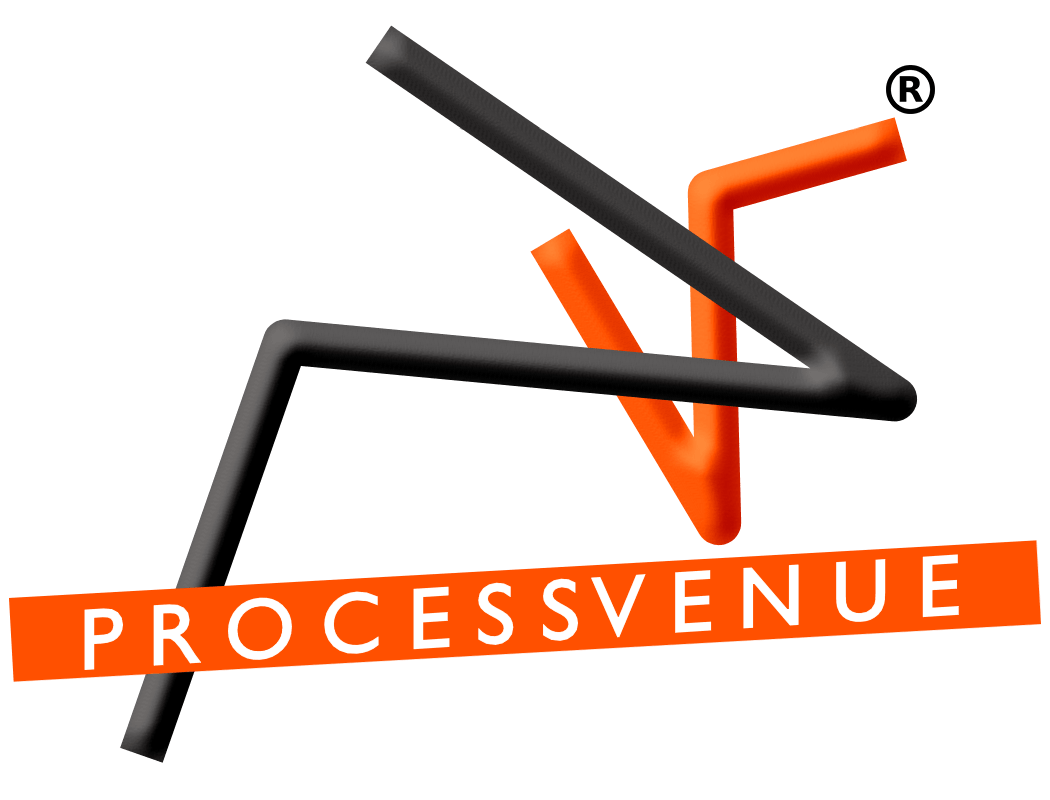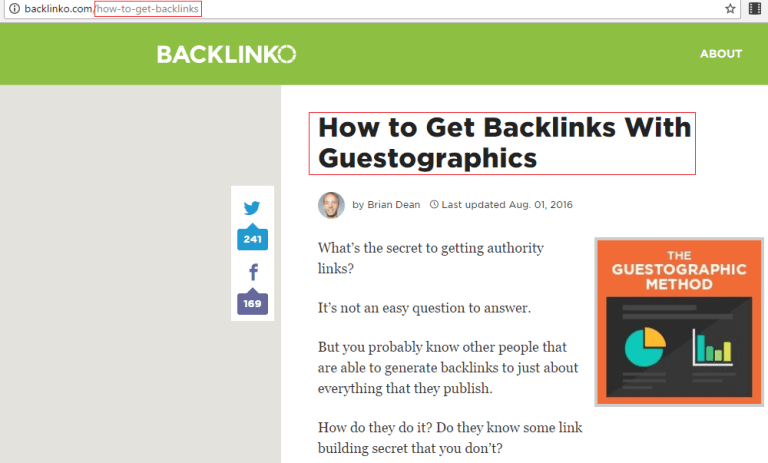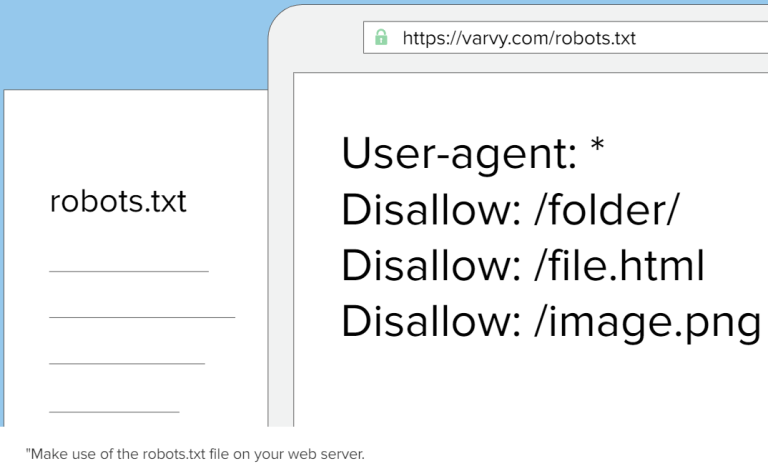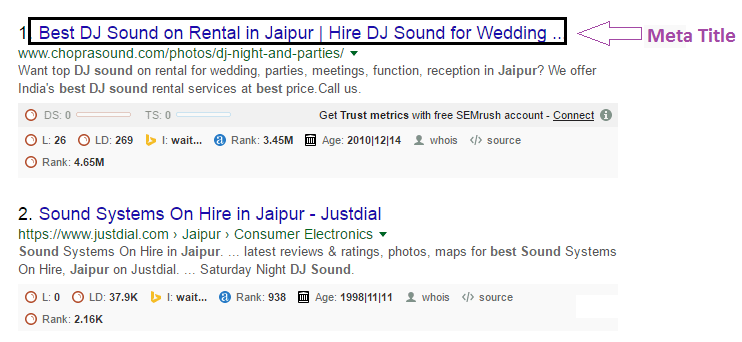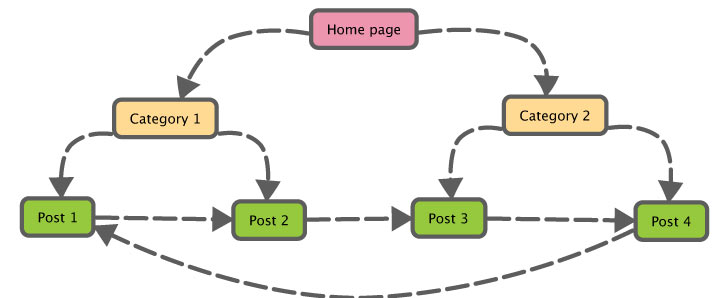
Create an SEO-Friendly Website for Better Rankings
One of the most critical errors businesses make is ignoring SEO in the initial web design and development process. We here busting tips for SEO friendly website design and best practices you can use for SEO and ensure higher ranking in search engine results pages (SERPs).
Well designed, informative and professional website is one the prominent requirement of today’s competitive world. But such features will not ensure to generate traffic or increase customers on your website. Having an SEO friendly website is must for enhancing visibility, website rank and generating business.
There are certain features which are required to be developed to create a website SEO friendly. Such a website which is SEO friendly will not only enhances traffic but also gives brand credibility.
For the purpose of fulfilling the objective SEO friendly website following features is required, which are discussed:
1. Plan website structure
A well-organized website and SEO strategy starts with a clear structure. Use a logical hierarchy with main categories, subcategories, and internal linking. A structured site helps search engines understand the content better and improves user navigation. Also, make sure that every page is accessible within a few clicks from the homepage, making it easier for both users and crawlers to explore your content.
2. Set up Google Search Console
Google Search Console offers insights into how your website SEO optimization is performing. It helps detect indexing issues, track keyword rankings, and analyze search traffic. By submitting your XML sitemap and checking for errors, you can ensure that search engines properly crawl and index your website. Reviewing search analytics will help identify opportunities to optimize content and improve rankings.
3. SEO Friendly Site URL Structure
From SEO point of view URL of a website should be meaningful and straightforward. If URL is SEO friendly then such website ranks well otherwise getting high rank becomes difficult. For SEO friendly URL, it is important to limit categories in the link and if categories are to be linked then such should be linked with the use of hyphens and not with underscores.
For example a URL, such as http://backlinko.com/how-to-get-backlinks-with-guestographics
is less SEO friendly and search engines finds it difficult determine the page. Rather http://backlinko.com/how-to-get-backlinks is more SEO friendly URL.
Make sure that your website developer should implement logical and semantic URL and every page should be controlled.
4. Create an XML Sitemap
The sitemaps help in direct communication with the search engines. Whenever there is any change in the content, the sitemaps alert the search engines in order to ensure that the altered content is indexed at a faster pace. The sitemaps could be extremely helpful in indicating content origination.
5. Usage of Robots.txt
The Robots.txt is a non-html text that you can put in your website for informing the search robots which pages they should not visit. It does not help to prevent the search engines from crawling on your site but increases the overall reliability of the web page.
6. Complete Official Information on the Website
It is very important that your website should include your business name, office address, contact number and email id. Availability of detailed information helps the customer to directly contact you and such information is SEO friendly also.
7. Strategic Placing of Keywords for SEO Friendly Website
Keywords or research words play very important role in search of any website in SERPs. Research of Keywords is one important task but more complexes when it comes to its strategic and correct placement. Keywords optimization is an important task to be performed. Keywords are to be incorporated into the design of your website.
8. Updated Content for SEO Friendly Website
The content of the website should be unique and useful. If your content is copied then such website is not SEO friendly. The Content of the website is not a one time job but you need to keep it updated then only it will be appealing to visitors. Content with visual elements is always attractive but do not overload your page with such visuals as this may affect the speed of your website. If you have pages on social websites like Facebook, Twitter or Instagram, then links should be provided on your website. Search engines take keywords/contents from these social media as well.
In content, the expression and presentation should be different from others but the meaning should not be changed, that the why you can create an awesome write-up for your blog or website.
Another factor to be mentioned here is related to duplicate content. The search engines have cracked down on a number of pages having duplicate content or plagiarized text by assigning them with lower ranks. The key factor here is to have a good content writer who has the ability to draft the indexable content from the scratch rather than picking up the content from already published resources available online. The meta description of the site should also be concise and crisp.
9. Fast Loading Web Pages
Fast loading websites are not only SEO-friendly but also user/customer friendly. It doesn’t matter how unique design your website have or how useful content is narrated if web pages are taking a lot of time to upload. Nobody wants such website. The speed of the website is now part of Google’s ranking algorithm.
10. Include Images for SEO Friendly Website
Not only text to be optimized on the website but images can also be used for the same purpose. Use of images should be done prudently. For example, if you are running an online business, then image optimization plays very important role in generating business. For the purpose of image optimization following important points are to be kept in mind:
- Mention name of the image in English: Creating descriptive name is absolutely essential for image optimization. But such name should be in plain English and search engine should be able to incorporate the same while searching.
- Reduced File Size: Large file/image size takes more time to download. Therefore it is important that the size of the image should be correct so that it can be downloaded easily.
- Use image sitemaps: Google helps you in that if your site uses JavaScript galleries and image pop-ups.
11. Title Tags to make your site SEO Friendly
Title tags play a very important crucial role in the building SEO friendly website. Title tags should fulfill following ingredients to make website SEO friendly:
- Length: Search engines show initial 60-80 characters in a tag. The search keywords should be such that they appear in initial results of search engines.
- Use of Brand: if you are ending tag with your brand name, then such is also an important trick to developing an SEO friendly website.
12. Listing on the Website
Sometimes we find important links on a website viz., directories, portals or etc. Such listing of links are useful not only for customers but are also SEO friendly, as Search engines always look for websites which are more useful for customers and site visitors. Simultaneously, if your articles are listed on any blog/forum then you should also provide a link on your website regarding the same. If the information listed on your website is user-friendly then search engines help you in boosting the ranking and definitely, your website becomes SEO friendly.
13. Focusing on Internal Linking
For a website designer, it is crucial to include proper linkage of different pages within the same domain. It includes internal navigation. In the case of dead or unresponsive links, the SEO ranking of the website could go down considerably.
You should also consider the importance of communicating with the audience. If your website gets any comment from any resource including social media, you must reply to the comments in order to give your website a more personal touch. Refer: http://bit.ly/2j8ePih
Process Venue could help your business growth through the development of SEO-friendly website. Tell us about your take on the article in the comments below.
14. Set up Google Search Console
Google Search Console offers insights into how your website SEO optimization is performing. It helps detect indexing issues, track keyword rankings, and analyze search traffic. By submitting your XML sitemap and checking for errors, you can ensure that search engines properly crawl and index your website. Reviewing search analytics will help identify opportunities to optimize content and improve rankings.
15.Optimize for Mobile Friendliness
An SEO-friendly website must work well on mobile devices. With Google’s mobile-first indexing, the mobile version of your website is the primary factor in determining rankings. Ensure your website is fully responsive, has fast loading speeds, and offers a seamless user experience across all screen sizes. Use tools like Google’s Mobile-Friendly Test to identify and resolve issues that could affect usability.
16. HTTPS for a Secure Website
A secure website (HTTPS) is essential for users and search rankings. Google favors HTTPS over HTTP, so obtaining an SSL certificate helps protect user data and builds trust. Secure websites also reduce the risk of cyberattacks and improve credibility. Visitors may see security warnings without HTTPS, resulting in higher bounce rates and lower potential traffic.
17. Schema Markup for Better Visibility
Schema markup (structured data) helps search engines better understand your content. Implementing a schema for reviews, FAQs, products, and events increases your chances of appearing in rich search results. Rich snippets improve click-through rates and enhance your visibility in SERPs (Search Engine Results Pages), making your content more appealing to users.
18. Social Media Integration
Integrating social media links on your site can help increase engagement and drive more traffic. While social signals don’t directly impact SEO website design, they contribute to brand awareness and audience interaction. Adding social sharing buttons, embedding feeds, and linking to your profiles can help spread your content to a wider audience and encourage organic shares.
19. Add a Blog Section for Regular Updates
A blog helps in website optimisation by allowing you to publish fresh content regularly. Search engines favor websites that are regularly updated with valuable content. Target relevant keywords, address common questions, and provide insights that align with your audience’s interests. This helps attract organic traffic, boosts engagement, and establishes authority in your niche.
19. Focus on Local SEO (if applicable)
If your business serves a specific location, optimize for SEO for my website locally. Claim your Google Business Profile, optimize for location-based keywords, and collect customer reviews. Ensure NAP (Name, Address, Phone Number) consistency across all directories. Local citations, geo-targeted content, and customer engagement improve local search rankings.
20. Optimize Website Architecture for Crawlability
Search engines need to crawl and index your website easily. Use a clean URL structure, create an XML sitemap, optimize robots.txt, and implement breadcrumbs for better navigation. Internal linking is also essential to help distribute page authority and ensure important pages are easily accessible. A well-structured web design and SEO strategy enhances user experience and search engine visibility.
20. Leverage User Experience (UX) for SEO
A positive UX leads to longer session durations, lower bounce rates, and better rankings. Focus on fast loading speeds, intuitive navigation, clear CTAs (calls to action), and easy readability. A clutter-free design with well-structured content makes it easier for users to find information, leading to improved engagement and conversion rates.
21. Implement E-E-A-T
Google prioritizes content with Expertise, Experience, Authoritativeness, and Trustworthiness (E-E-A-T). Publish well-researched, credible, and fact-checked content. Include author bio links to reputable sources, and ensure that your website demonstrates authority in your industry. This not only improves search rankings but also builds trust with your audience.
22. Conduct Regular SEO Audits
SEO is an ongoing process. Regularly check your site’s performance, fix broken links, optimize images, and update old content. Use tools like Google Search Console, Google Analytics, and third-party SEO platforms to identify areas for improvement. Keeping your website SEO strategy up to date ensures continued growth in search rankings and overall site performance.
FAQs
What is an SEO-friendly website?
An SEO-friendly website is designed to be easily crawled and indexed by search engines. It follows best practices such as fast loading speeds, mobile responsiveness, structured data, and a logical site hierarchy to improve visibility and rankings.
Why is having an SEO-friendly website important for rankings?
A well-optimized website and SEO strategy helps search engines understand your content, leading to higher rankings and more organic traffic. It also improves user experience, reducing bounce rates and increasing engagement.
What are the key factors that impact website rankings?
Several factors affect rankings, including website SEO optimization, content quality, keyword usage, backlinks, page speed, mobile-friendliness, schema markup, and overall user experience.
How do I plan my website structure for SEO?
Start with a logical hierarchy that includes main categories and subcategories. Use internal linking to connect relevant pages and create a clean URL structure. This improves website optimization and helps search engines and users navigate your site more easily.
How long does it take to see results from SEO?
SEO results depend on various factors, but improvements can typically be seen within 3-6 months. Consistent updates, content optimization, and regular audits help speed up the process and improve website SEO.
What are the biggest challenges in creating an SEO-friendly website?
Common challenges include technical issues, slow site speed, duplicate content, poor mobile responsiveness, and lack of high-quality backlinks. Addressing these issues with proper website design and SEO strategies can help improve rankings.
How often should I update my website to maintain SEO rankings?
Regular updates are essential. Optimize old content, fix broken links, and publish fresh content consistently. Keeping up with algorithm changes and conducting frequent SEO audits will help maintain rankings and site performance.
What is the difference between on-page and off-page SEO?
On-page SEO refers to optimizations made directly on your website, such as keyword usage, meta tags, and content structure. Off-page SEO, in contrast, involves external factors like backlinks, social signals, and online reputation that influence rankings.
